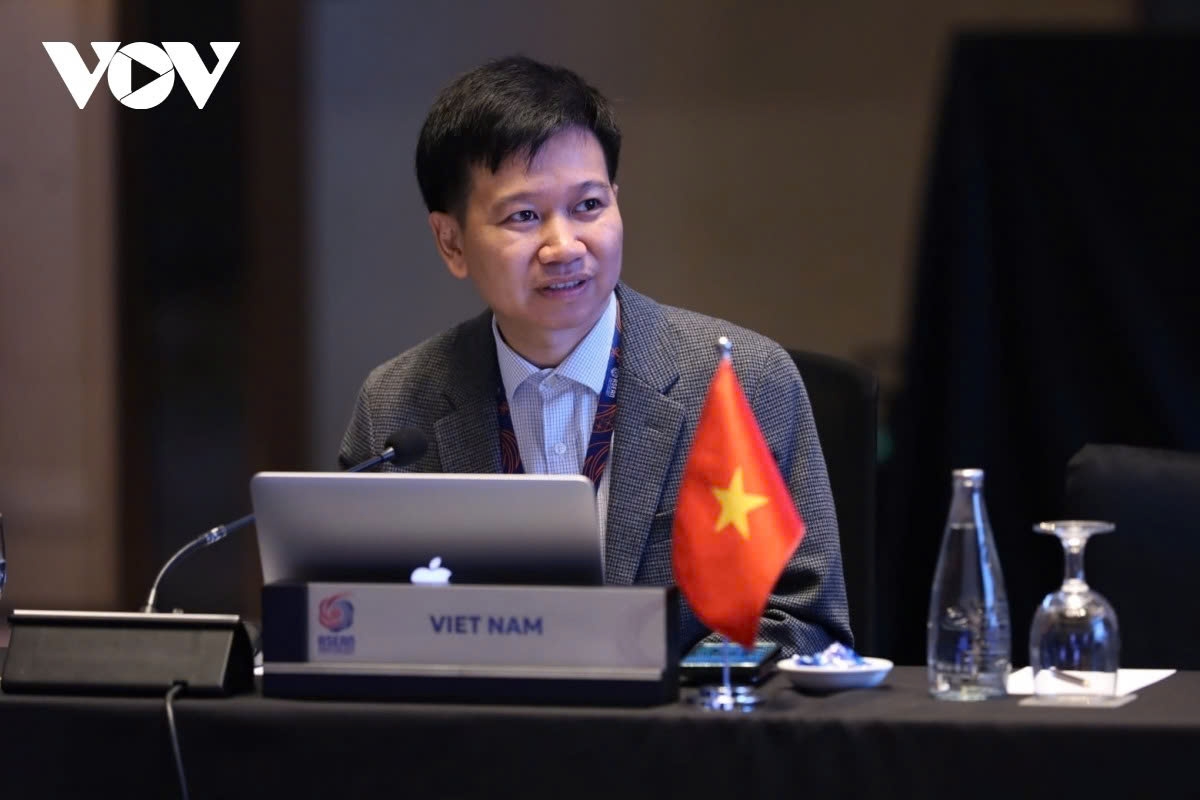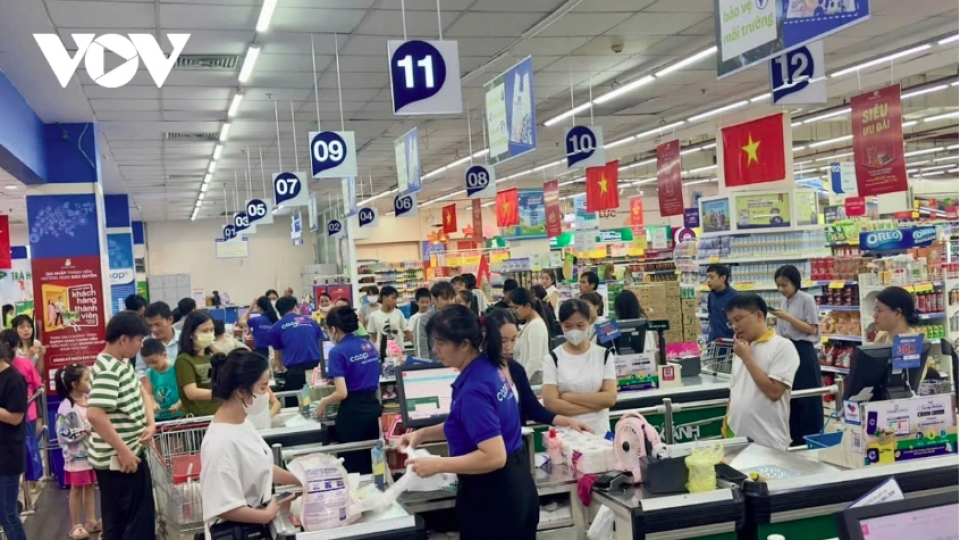Vietnamese economy looks toward high-quality integration in ASEAN
VOV.VN - Vietnam’s accession to ASEAN 30 years ago has marked a strategic turning point, transforming the country from a closed economy into an open, dynamic, and deeply integrated player in both regional and global markets.
Vietnam officially joined the Association of Southeast Asian Nations (ASEAN) on July 28, 1995, becoming its seventh member. The decision was not only a diplomatic milestone but also a turning point that shaped the country’s path of reform and international integration.
According to Nguyen Anh Duc, Vietnam’s Permanent Economic Representative to ASEAN, 30 years on, Vietnam has transformed from a small, closed, and aid-dependent country into one of Asia’s fastest-growing economies.
A strategic decision for integration

When Vietnam joined ASEAN, the country was emerging from decades of war and economic hardship. The economy was fragile, heavily reliant on agriculture, and constrained by the US and Western embargoes. At that time, ASEAN presented both a gateway and a lifeline to end isolation, expand cooperation with neighbors, and accelerate reconstruction.
The move proved pivotal. ASEAN became Vietnam’s first platform for regional and global integration, paving the way for later milestones such as joining the Asia-Pacific Economic Cooperation (APEC), Asia-Europe Meeting (ASEM), and World Trade Organisation (WTO), and signing high-standard trade pacts like the Comprehensive and Progressive Agreement for Trans-Pacific Partnership (CPTPP) and the EU–Vietnam free trade agreement (EVFTA).
Without ASEAN, such deep integration would have been far more difficult to achieve, said the official.
Transformative economic growth
Since 1995, Vietnam’s GDP has increased more than twentyfold, from US$20.7 billion to US$476 billion in 2024, ranking fourth in ASEAN and 33rd globally. Average income per capita reached US$4,728, placing the country among the world’s middle-income economies.
Trade has been the main growth engine, with total export–import turnover surpassing US$786 billion in 2024, more than fifteen times that of 1995. Two-way trade with ASEAN rose from US$6 billion in 1996 to nearly US$90 billion in 2024, making ASEAN Vietnam’s third-largest trading partner (after China and the United States) and second-largest source of FDI, accounting for over 20% of total registered capital.
Singapore, Thailand, and Malaysia have emerged as leading investors, helping shape industrial zones and supply chains across Vietnam, especially in Bac Ninh, Binh Duong Dong Nai and Hai Phong. Integration through the ASEAN Economic Community (AEC) has positioned Vietnam as an important part of regional value chains in electronics, textiles, food processing, and logistics.
Reform and institutional modernisation

Joining ASEAN has also accelerated institutional and regulatory reform. Vietnam has aligned over 90% of its tariff lines under the ASEAN Trade in Goods Agreement (ATIGA), implemented the ASEAN Single Window, and embraced initiatives on digital transformation and connectivity under the AEC 2025 Blueprint.
Such reforms improved Vietnam’s competitiveness and business climate, placing it among the region’s fastest improvers in the World Economic Forum’s Global Competitiveness Index. Ongoing administrative reforms, infrastructure investments, and green and digital strategies have shifted Vietnam toward a productivity- and innovation-driven economy.
Many “Make in Vietnam” products are now present across ASEAN and beyond — a testament to the country’s growing industrial capability and entrepreneurial dynamism.
Challenges and lessons learned
While ASEAN membership has brought significant benefits, it has also posed challenges. Competition pressures have increased sharply as tariff barriers were removed, exposing domestic firms, especially small and medium-sized enterprises (SMEs) to stronger regional rivals from Thailand, Malaysia and Indonesia that possess developed industries and high governance capacity. Only about one-third of Vietnamese SMEs are currently able to benefit from ASEAN tariff preferences.
Moreover, Vietnam remains dependent on regional supply chains, particularly in electronics and textiles, where much of the value added originates abroad. Development gaps within ASEAN also persist; Vietnam’s per capita GDP is still less than half of Thailand’s and one-nineteenth of Singapore’s, reflecting ongoing disparities in productivity and technology.
Toward high-quality integration
After three decades, Vietnam’s experience shows that joining ASEAN was a strategic and forward-looking choice. Integration has opened markets, attracted investment, and catalysed reform.
Looking ahead, the country aims to move from “integration for growth” to “growth through deep integration.” To sustain momentum, it must strengthen productivity, innovation, and technological autonomy—the three pillars of future competitiveness.
Vietnam’s next phase of integration will focus on building a resilient, innovation-led economy, advancing digital and green transformation, and developing supporting industries to reduce dependence on external supply chains.
As ASEAN advances toward its Community Vision 2045, Vietnam seeks to play a more proactive and creative role, not just as a dynamic participant, but as a pillar of regional growth and a bridge of sustainable connectivity.





